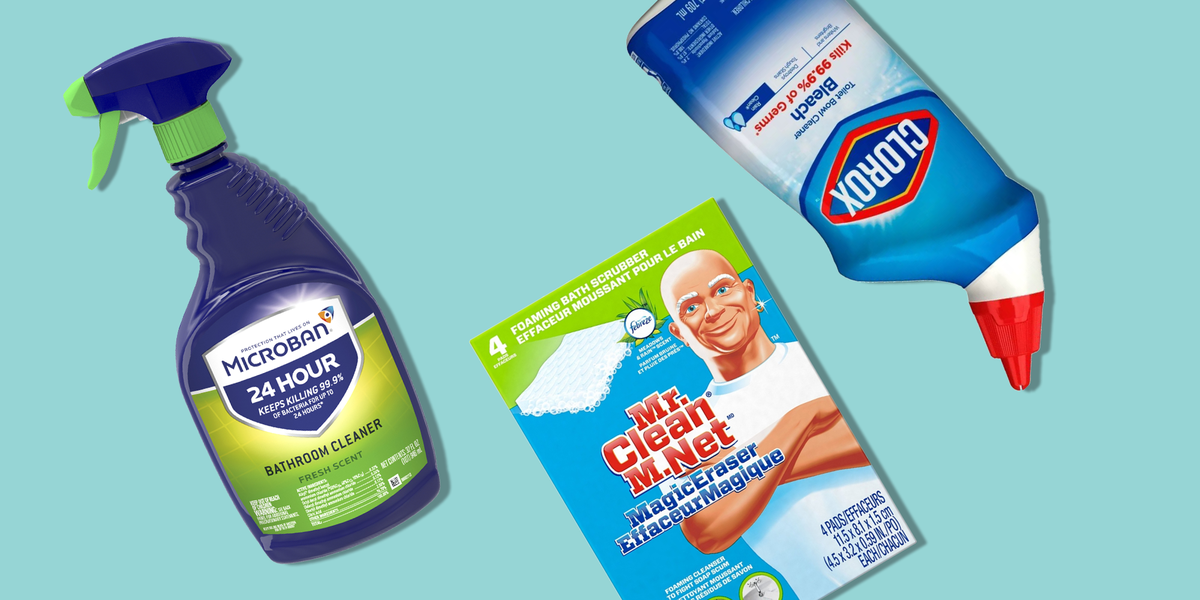
You should use the right cleaning solution to disinfect your microwave. You can use Easy Off Microwave Cleaner or a mixture of baking soda and water. Lysol or a disinfecting wiping cloth are also options. Also, vinegar and lemon can be used. These are natural ingredients that can help disinfect your microwave.
Easy to Use Microwave Cleaner
Easy Off Microwave Cleaner is a great disinfectant and fume-free way to clean your microwave. Although this product can handle most common messes well, you may need to consult your local hardware store for more information. Make sure to follow the instructions before using any cleaners. Also, make sure to turn off the microwave and unplug it. Also, be sure to avoid placing any metal objects in the microwave, and never use metallic brushes.
Wipe your microwave with a damp towel to keep germs and gunk away. The microwave's exterior should be kept clean, including the touchpads and turntables. It is important to heat liquid foods slowly and at a low temperature. The leading cause of food explosions is overheating.
Another effective way to disinfect your microwave is to use baking soda. 2 tablespoons of baking sugar can be added to a cup full of water. This is a great way to remove stubborn stains from your microwave. Then, you can wipe away the paste using a wet cloth or sponge.
Lemon

A lemon is a great natural cleaner for your microwave. Simply add some water, then microwave the lemon for three- to five minutes. The acidic steam can help remove stubborn stains. You can also use the dish wand to get rid of any remaining residue. Use a dry tissue to wipe the inside of your microwave.
Lemon water also works well as a natural microwave cleaner. The water can be flavored with lemon juice. The steam generated by the lemon will loosen any food particles or grime in the microwave. Once this has been done, you can use a clean towel to wipe the inside and outside of the microwave.
Citrus also makes lemons a natural soap sanitizer. Citric acid can be used to remove calcium deposits, soap-scum and rust. Without proper cleaning, bacteria will accumulate in the microwave. Lemons will kill bacteria while giving your microwave a clean and fresh environment.
Vinegar
Fortunately, you can use vinegar to disinfect your microwave. Vinegar will not harm your microwave and prevent cross-contamination. You can clean your microwave with various household products like apple cider vinegar or white vinegar. You can microwave the vinegar solution for four minutes on high. The steam will loosen any build-up gunk.
Make a mixture of equal parts vinegar, water and a bowl that is microwave-safe. Turn the microwave on high for three minutes. To let the steam from the inside, close the door after it has completed. Use the same solution on the microwave exterior. You should also clean any residue on the turntable or greasy parts.

Use vinegar to clean your home. Warm the solution in the microwave before you use it. The vinegar solution will quickly heat up once it is heated. Protect your hands by using oven mitts/gloves to keep the acidic liquid from your hands. Vinegar can also help to remove grease from countertops or kitchen cabinets. This natural cleaner will also remove oily fingerprints off stainless steel appliances.
Dawn(r) Platinum
Microwaves are great for quick heating, but they can be quite dirty. Dawn(r), Platinum disinfects microwaves. It's tough on grease and gentle enough to use for glassware. You can use the cleaning solution to clean your microwave's interior or exterior. To remove suds, clean the microwave with the cleaning solution.
Dawn has 4x the grease-cutting ability of other brands. The sponge's non-scratch scrubber has both a scrubber and absorbent cellulose sides. The detergent will get rid of any stubborn grease buildup. The detergent is safe for both microwaves and dishwashers.
FAQ
How long can I leave my air conditioner on after cleaning?
Turn the air conditioner on for 30 minutes after you have finished cleaning. The air will circulate and make it easier to cool the house.
How often should I vacuum my house?
Vacuum at least once a week. Vacuuming helps remove dirt from your carpet and keeps it looking fresh.
What is a deep clean?
Deep cleaning includes all surfaces including baseboards and walls, windows and doors, as well as the floor. It involves vacuuming up, mopping, cleaning, polishing, washing dishes and wiping down counters.
Many companies also offer services like spring cleaning, pet care, and end-of-tenancy clean-up.
Which is better, a professional or DIY cleaning solution?
It depends on the size and type of cleaning that you do.
Small homes can be cleaned with a DIY solution. For larger homes, a professional cleaning service should be hired.
What is the average hourly charge for housecleaners?
The cost of house cleaning services is usually determined by the job. The cost of house cleaning services varies depending upon how many rooms you clean, which furniture you own, and whether or not you have pets.
A basic vacuuming service may cost about $15 an hour.
How long does it take to clean my house after I move out?
It all depends on the size of your house and the amount work that is needed. It will take you about two hours to clean a small apartment or house with no furniture.
You could spend eight hours cleaning up if you have a large home.
The average time it takes to clean a one-bedroom flat is 4 hours, but if you're moving into a 5-bedroom mansion, you could expect to spend between 8-12 hours.
Statistics
- Typically, you can charge customers about $90 to clean a house that's less than 1,000 square feet and $250 for a house that's 3,000 square feet or more, according to Home Advisor. (freshbooks.com)
- A single-family home should cost $120 to $150 to clean, according to Home Advisor. (freshbooks.com)
- You should add 50 percent to cover these costs. (freshbooks.com)
- The best-paid 10 percent make $34,000, while the lowest-paid 10 percent make $26,000. (zippia.com)
External Links
How To
How to use baking soda to clean your bathroom
Baking soda may seem like a common household item, but it is something you might not even think about until things go wrong. Baking soda comes in handy when things go sour. It's great at cleaning up spills from sinks and tubs, freshening the air in bathrooms, removing odors from clothes, and even making soap bubbles.
When baking soda is used correctly, it doesn't leave any residue, so you won't have to worry about scrubbing off the odor later. It's easy to find and affordable. Baking soda can be added to your laundry for a quick fix in a messy bathroom. You will be amazed at the results.
-
You should ensure that you have all the ingredients ready and available.
-
Lay a towel down under the tub or sink.
-
Half a cup baking soda in the basin or tub.
-
Add enough water so that the bottom of your basin or tub is covered by at least two inches.
-
Use a spatula for stirring the mixture.
-
Scrub away! If there are stubborn spots, repeat steps 4-5.
-
Add another half-cup of baking soda to the basin or tub once it looks clean.
-
Follow steps 3-7.
-
Rinse the basin and tub with hot water.
-
Use a fan to blow dry.
-
Enjoy!